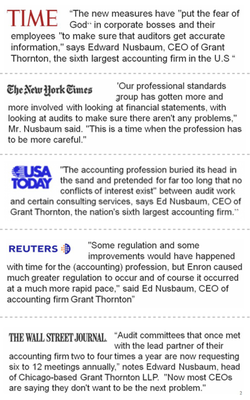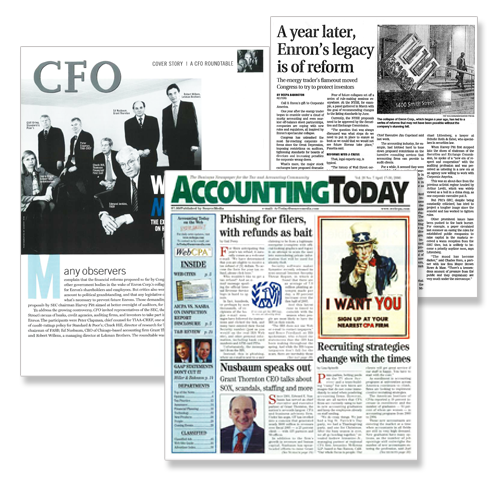Making lemon aid from Enron lemons
|
Everyone knows the story of Enron. At its height, it generated revenues of nearly $101 billion, and Fortune Magazine named Enron "America's Most Innovative Company" for six consecutive years.
But Enron’s CFO Andrew Fastow had set up a number of special purpose entities which allowed Enron to hide debt, allowing it to maintain the appearance of a strong balance sheet and keep its critical investment grade credit ratings. But in reality, the picture they were painting was not accurate and it was essentially a big shell game. The bigger problem for the accounting profession was the appearance of a lack of independence by Enron’s auditor. Arthur Andersen was making $25 million in consulting fees and another $25 million in auditing fees that year from Enron, creating the appearance that the audit may not have been rigorous enough in order to keep the more profitable consulting work. The shredding of work documents did not help instill confidence, Grant Thornton’s Five Point Plan In response to the Enron scandal's effect on the accounting profession, Grant Thornton saw there was a leadership void and developed a policy paper and messaging initiative, “The Five point Plan to Restore Public Trust.” In addition to limiting the services that an auditor could provide to a company, Grant Thornton asked that:
(Four of these five points were eventually included in Sarbanes Oxley) We then issued our press release/position paper and followed up with key influencers. As result:
|


